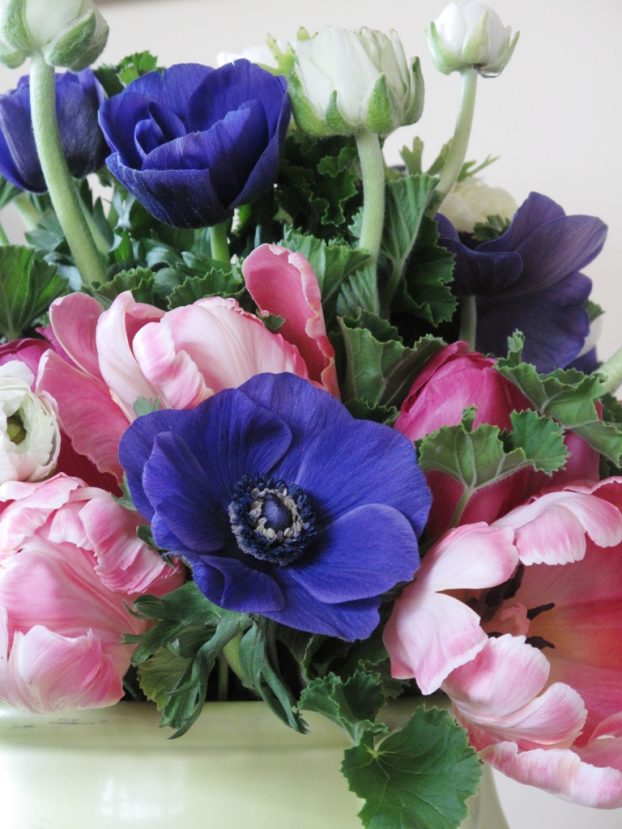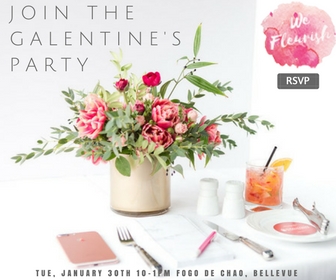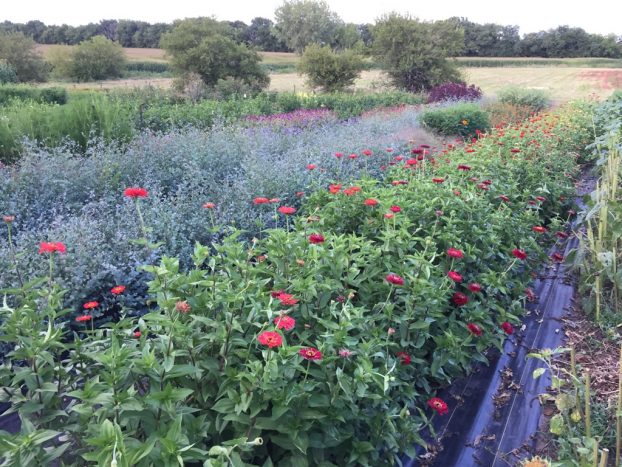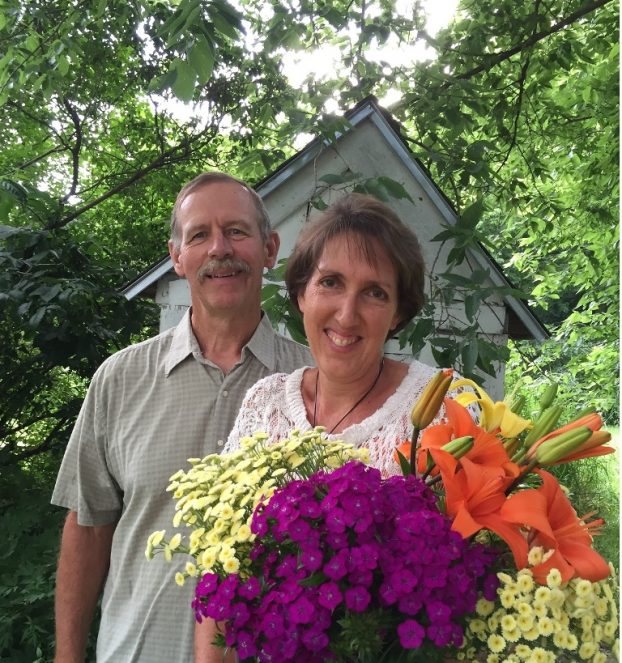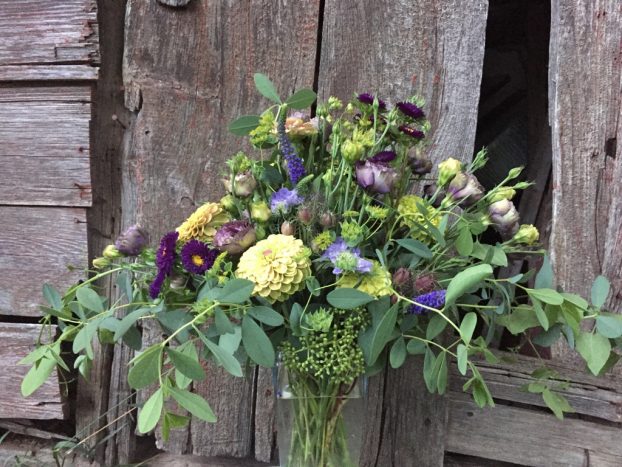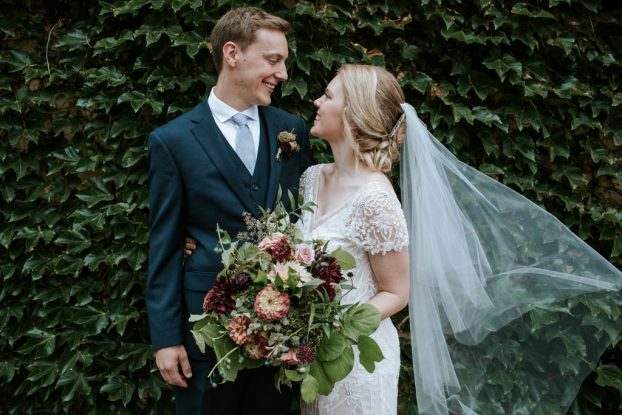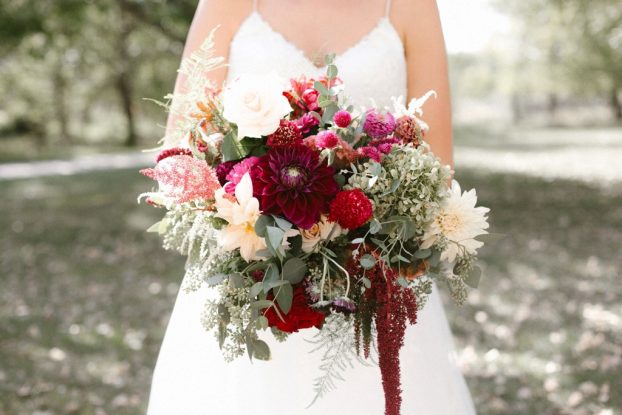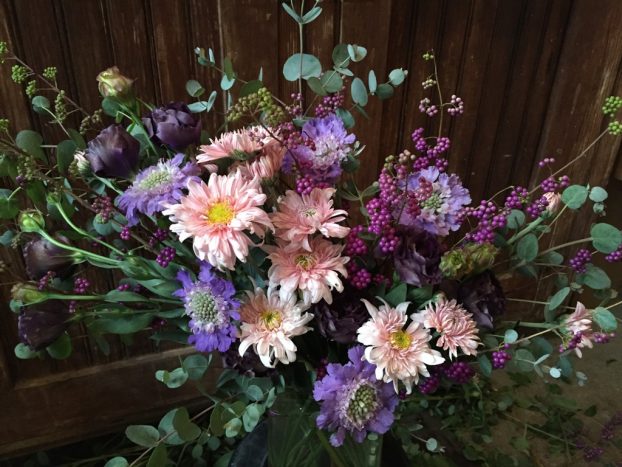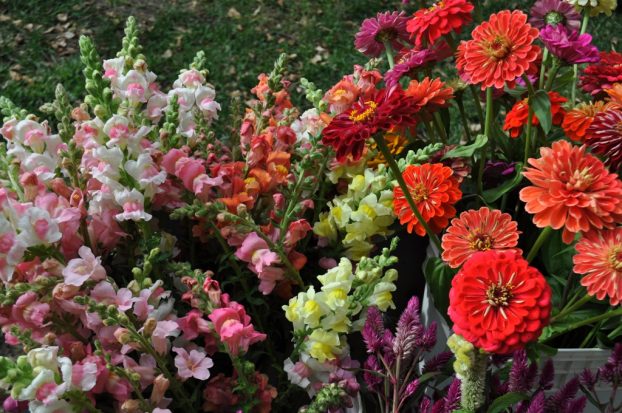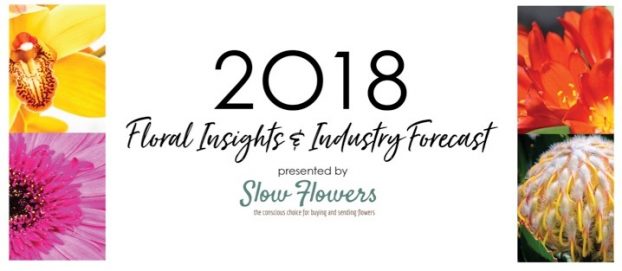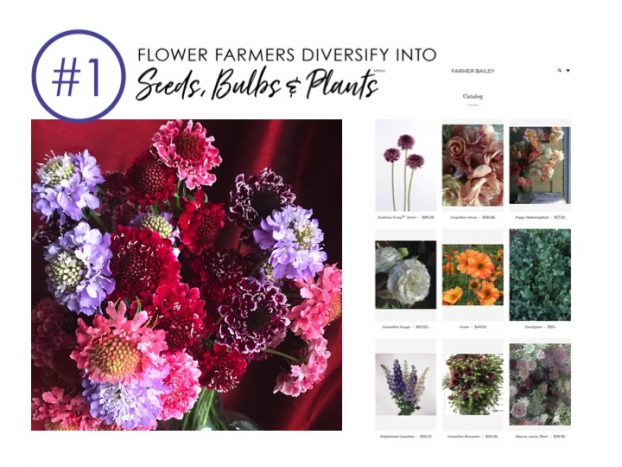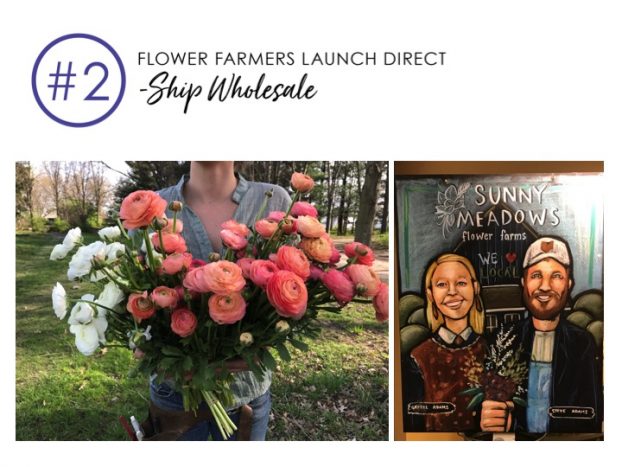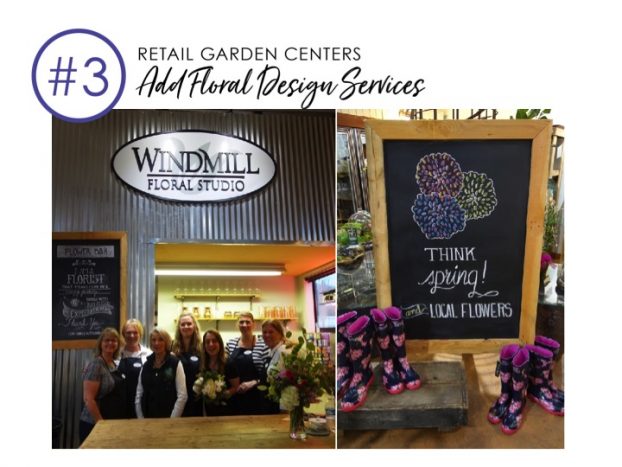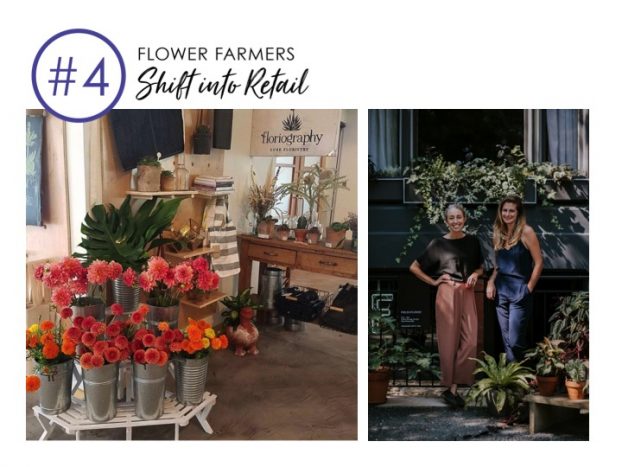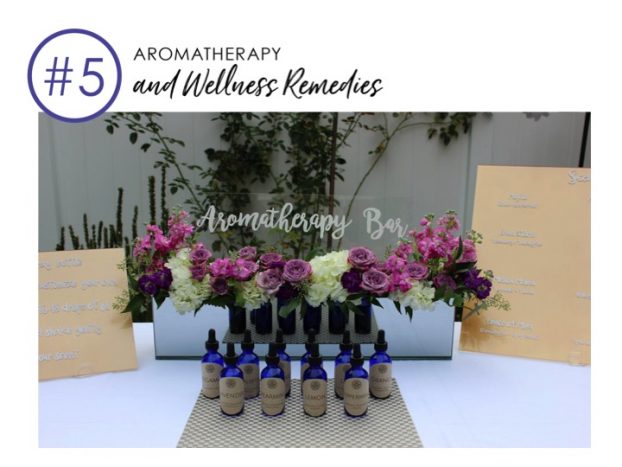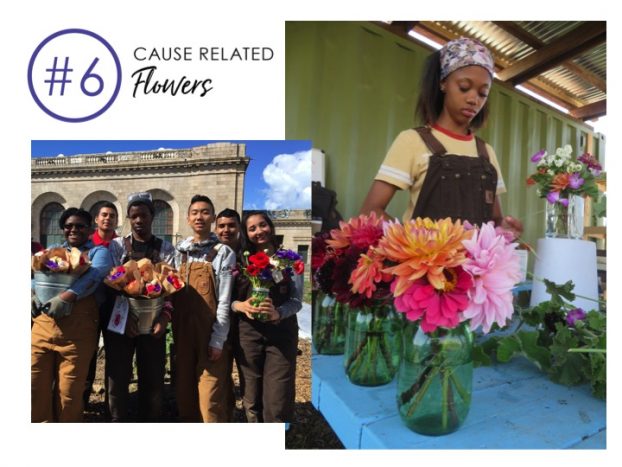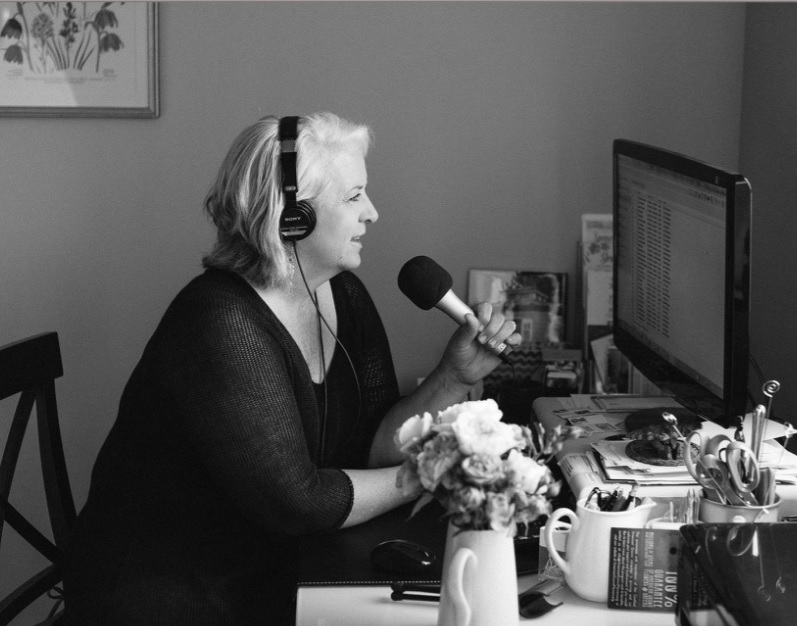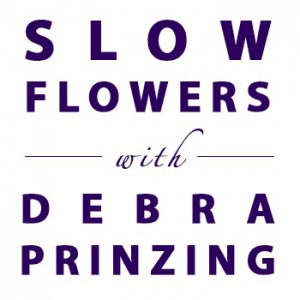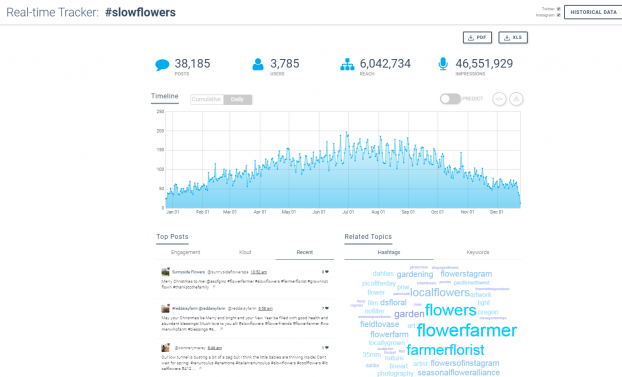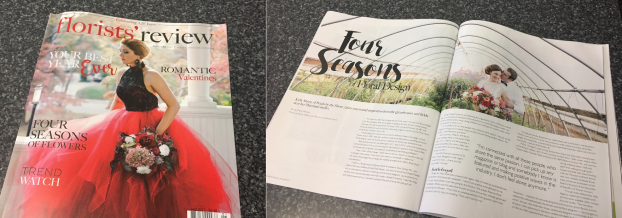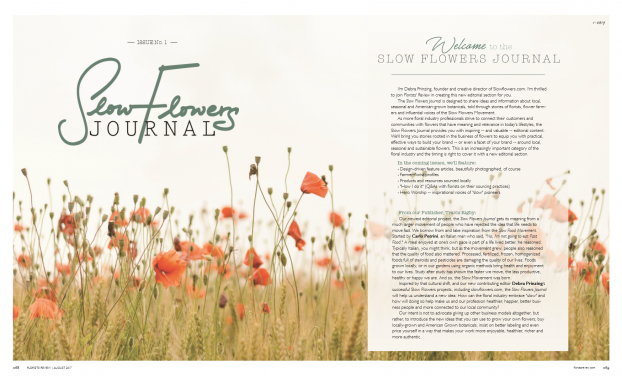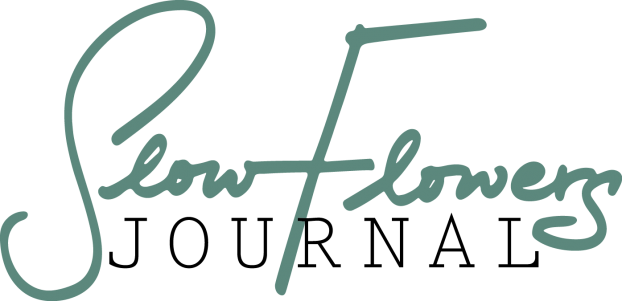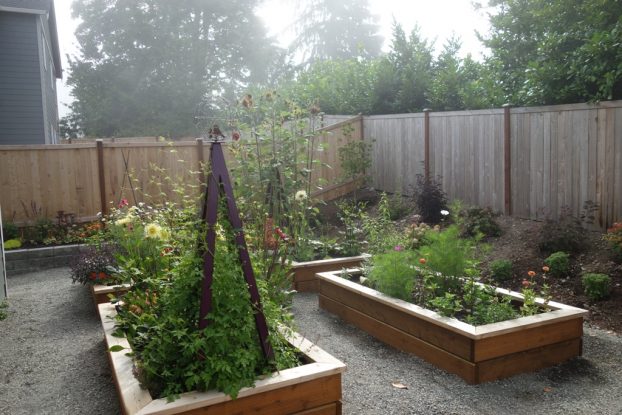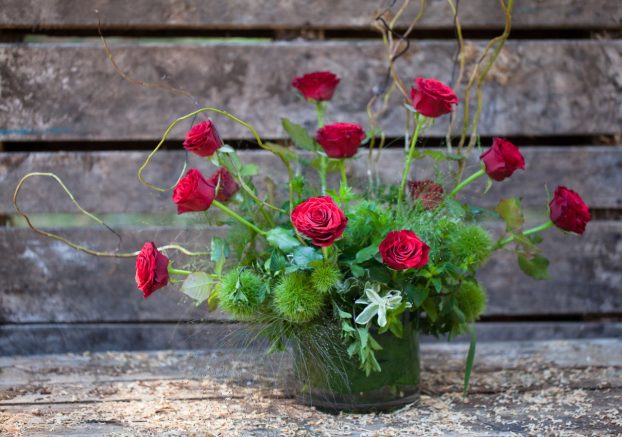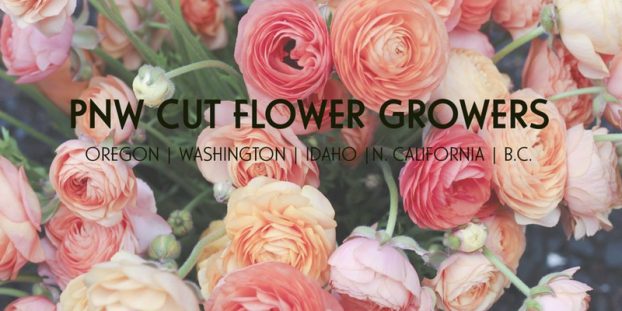Podcast: Play in new window | Download
Subscribe: Apple Podcasts | Podcast Index | RSS | More
It’s wonderful to turn the page, post-Valentine’s Day, and focus on the soon-to-arrive spring season. When I visited today’s guest just last week, her front garden border displayed gorgeous hellebores in full bloom, and lots of the trees were already budding and ready to unfurl.
Despite a still chilly and wet climate, we still see sections of gorgeous blue sky behind the parting clouds and the always welcome rare ray of sunshine.
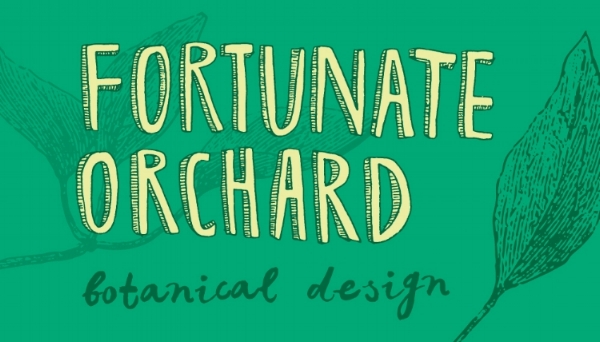 The place I visited is called Fortunate Orchard, and it is home to a floral studio and garden situated in a quiet corner of south Seattle.
The place I visited is called Fortunate Orchard, and it is home to a floral studio and garden situated in a quiet corner of south Seattle.
Owner and lead designer Hannah Morgan holds a Bachelor of Fine Arts degree in one hand and a pair of pruning shears in the other. Her designs are deeply rooted in the seasons of the Pacific Northwest and she sources primarily from the West Coast — often from the Fortunate Orchard garden, steps away from her work table.
Using blooms and branches grown nearby ensures that her designs are unique, of this place and a bit wild. She has built a team of makers and doers who contribute their own expertise to each project, bringing creative and ambitious designs to fruition for events large and small. Fortunate Orchard collaborates with clients who exalt in the natural world and who embrace unorthodox, unexpected beauty.
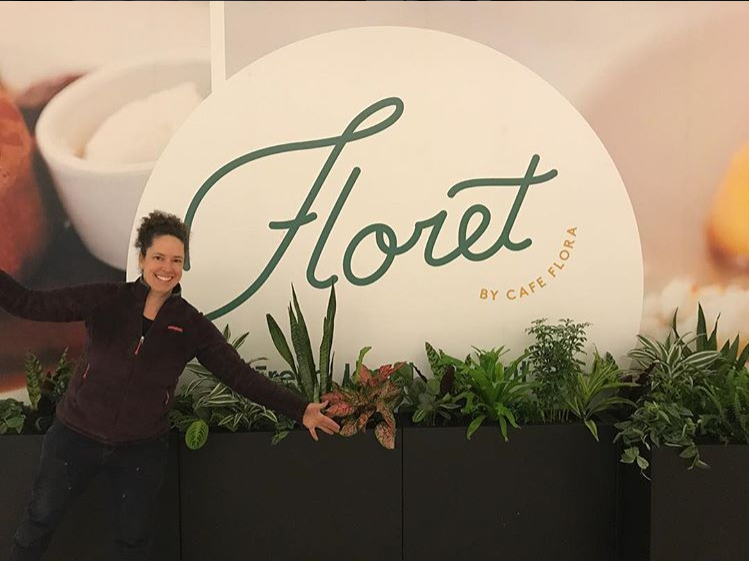
Hanna with her recent plant installation at the new Floret restaurant at the Seattle Tacoma International Airport
Hannah has a keen understanding of the types of floral installations required by restaurants and eateries, which is how she actually caught my attention a few years ago when Bruce and I enjoyed an anniversary meal at Lark, one of the Pacific Northwest’s premier, artisan-focused restaurants.
As you hear us discuss, Hannah was the restaurant’s accidental florist who was tapped for filling large vases on the hostess table and elsewhere, perhaps because everyone there knew of her amazing and eclectic city garden.
Three years later, Hannah is creating a distinct niche for herself and I am so pleased we were able to sit down at her kitchen table, share a cup of tea and talk flowers, floral design, developing one’s aesthetic and style.
Learn more about Hannah and her artistic philosophy in this video interview (above) that I conducted with her last year at the Slow Flowers Creative Workshop held with Anne Bradfield of Floressence and documentary videographer Jason Miller.
Find Hannah at these social places so you can follow along as the season unfolds for Fortunate Orchard.
Fortunate Orchard on Instagram
Take a class from Hannah at The Field Trip Society.
The Slow Flowers Podcast has been downloaded more than 285,000 times by listeners like you. Thank you for downloading, listening, commenting and sharing — it means so much.
 As the Slow Flowers Movement gains more supporters and more passionate participants who believe in the importance of the American cut flower industry, the momentum is contagious. I know you feel it, too. I value your support and invite you to show your thanks and with a donation to support my ongoing advocacy, education and outreach activities. You can find the donate button in the right column of our home page.
As the Slow Flowers Movement gains more supporters and more passionate participants who believe in the importance of the American cut flower industry, the momentum is contagious. I know you feel it, too. I value your support and invite you to show your thanks and with a donation to support my ongoing advocacy, education and outreach activities. You can find the donate button in the right column of our home page.
Thank you to our sponsors who have supported Slow Flowers and all of our programs including this podcast, American Flowers Week, the Slowflowers.com online directory to American grown flowers, as well as our new channels, Slow Flowers Journal and the 2018 Slow Flowers Summit.
Florists’ Review magazine. I’m delighted to serve as Contributing Editor for the new monthly Slow Flowers Journal section, which you can find in the pages of Florists’ Review. It’s the leading trade magazine in the floral industry and the only independent periodical for the retail, wholesale and supplier market. Take advantage of the special subscription offer for members of the Slow Flowers Community.
Certified American Grown Flowers. The Certified American-Grown program and label provide a guarantee for designers and consumers on the source of their flowers. Take pride in your flowers and buy with confidence, ask for Certified American Grown Flowers. To learn more visit americangrownflowers.org.
Arctic Alaska Peonies, a cooperative of 50 family farms in the heart of Alaska providing high quality, American Grown peony flowers during the months of July and August. Visit them today at arcticalaskapeonies.com
Seattle Wholesale Growers Market, a farmer-owned cooperative committed to providing the very best the Pacific Northwest has to offer in cut flowers, foliage and plants. The Growers Market’s mission is to foster a vibrant marketplace that sustains local flower farms and provides top-quality products and service to the local floral industry. Find them at seattlewholesalegrowersmarket.com
Longfield Gardens provides home gardeners with high quality flower bulbs and perennials. Their online store offers plants for every region and every season, from tulips and daffodils to dahlias, caladiums and amaryllis. Visit them at longfield-gardens.com.
Syndicate Sales, an American manufacturer of vases and accessories for the professional florist. Look for the American Flag Icon to find Syndicate’s USA-made products and join the Syndicate Stars loyalty program at syndicatesales.com.
Johnny’s Selected Seeds, an employee-owned company that provides our industry the best flower, herb and vegetable seeds — supplied to farms large and small and even backyard cutting gardens like mine. Check them out at johnnysseeds.com.
Association of Specialty Cut Flower Growers. Formed in 1988, ASCFG was created to educate, unite, and support commercial cut flower growers. It mission is to help growers produce high-quality floral material, and to foster and promote the local availability of that product. Learn more at ascfg.org
I’m Debra Prinzing, host and producer of the Slow Flowers Podcast. Next week, you’re invited to join me in putting more American grown flowers on the table, one vase at a time. And If you like what you hear, please consider logging onto Itunes and posting a listener review.
The content and opinions expressed here are either mine alone or those of my guests alone, independent of any podcast sponsor or other person, company or organization.
The Slow Flowers Podcast is engineered and edited by Andrew Brenlan. Learn more about his work at soundbodymovement.com.











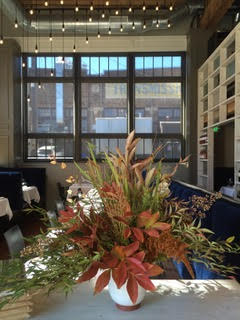
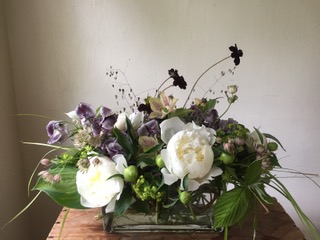

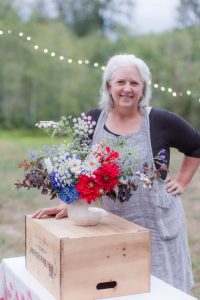

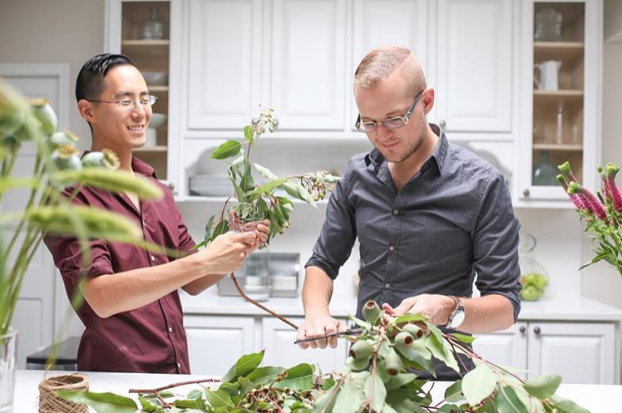
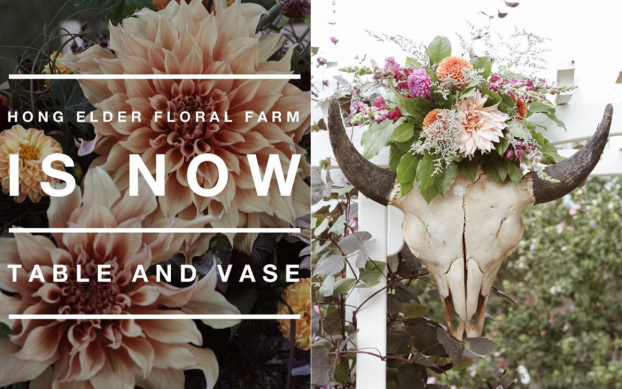
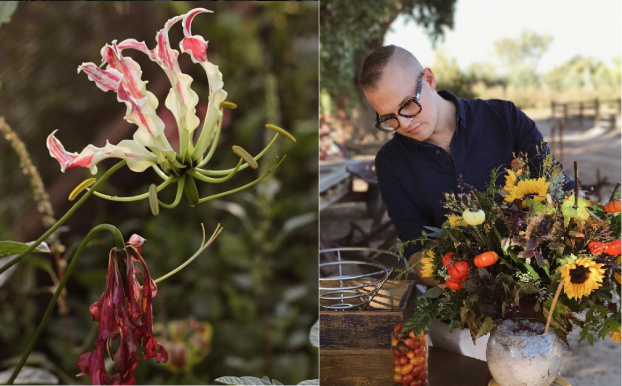
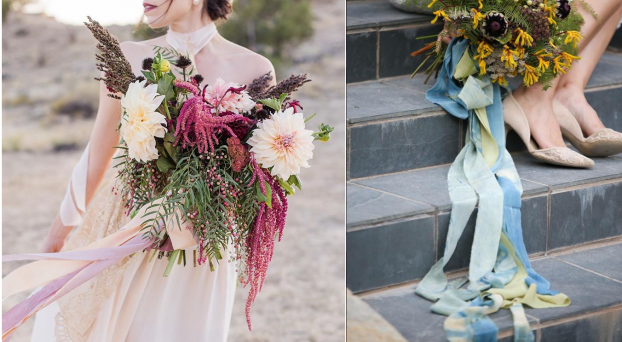
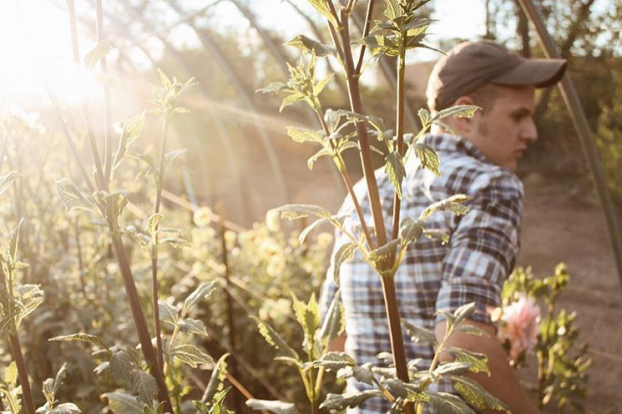
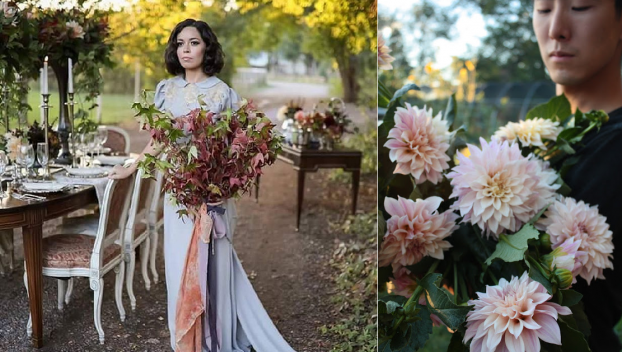
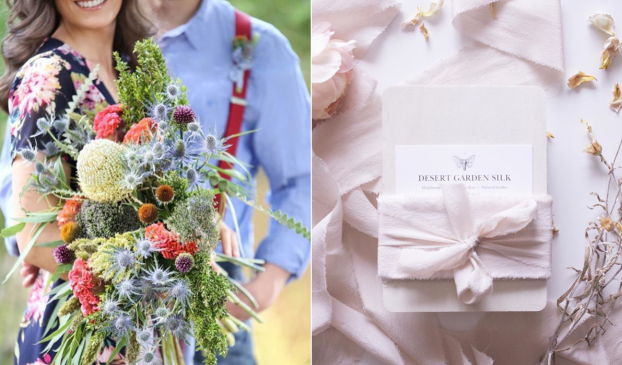
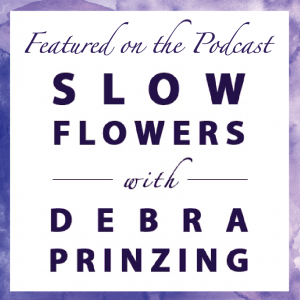
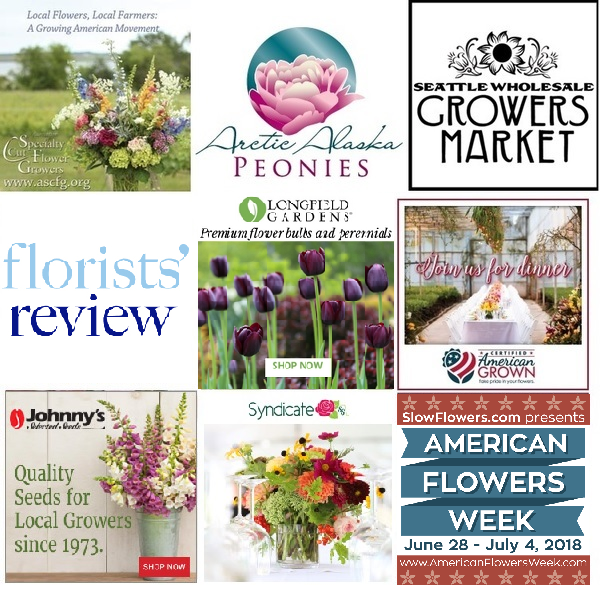
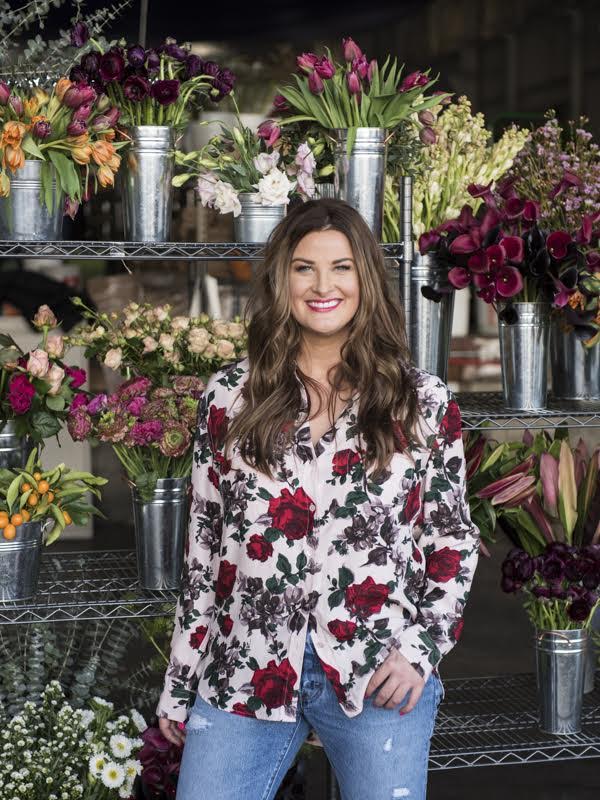
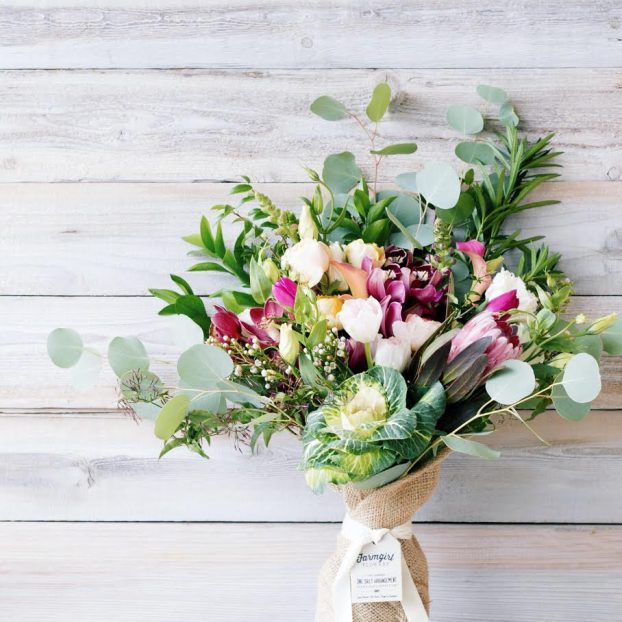
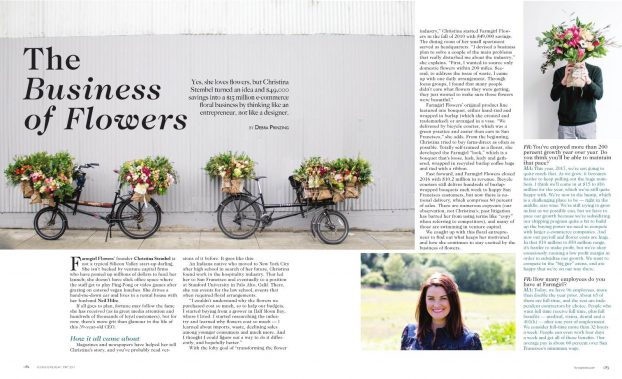
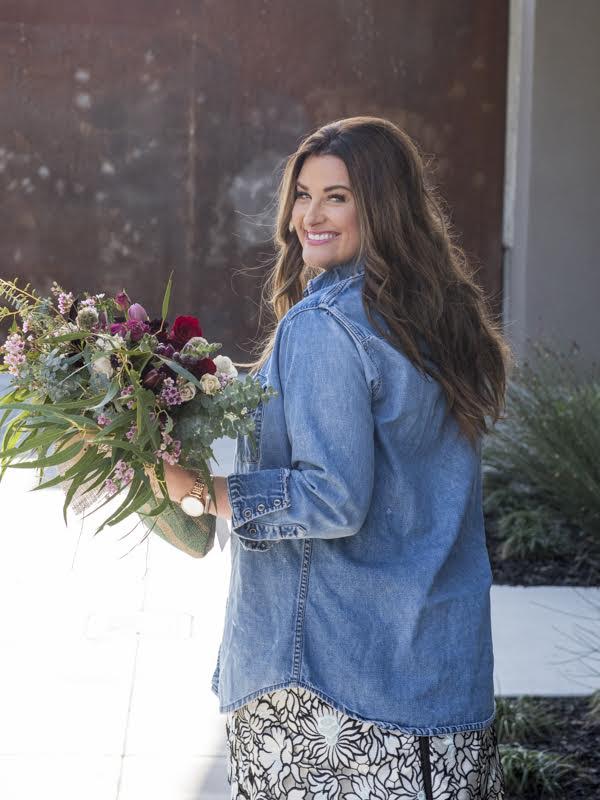
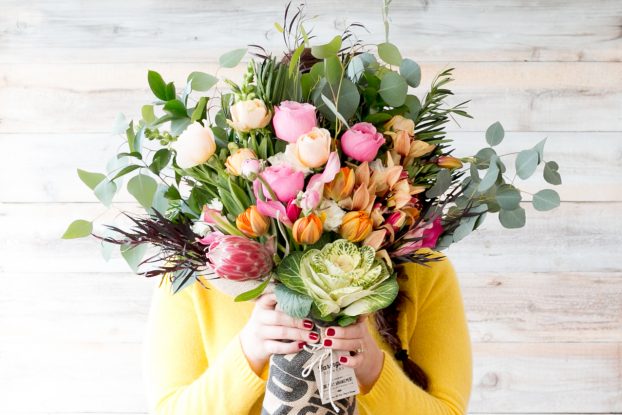
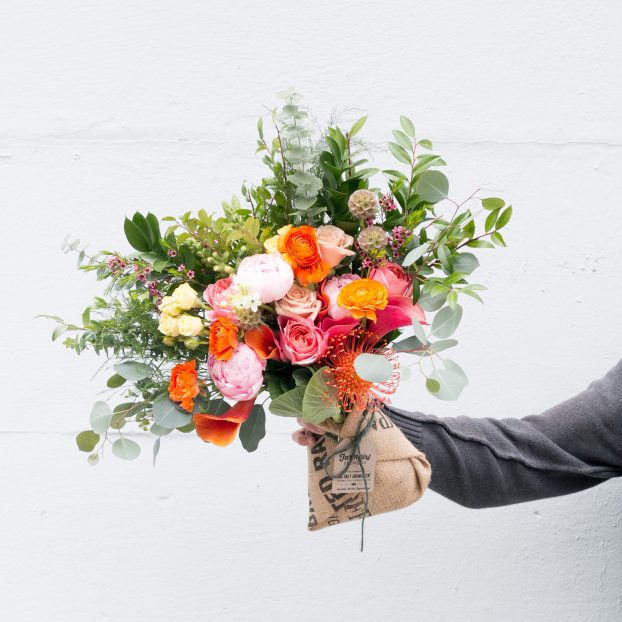
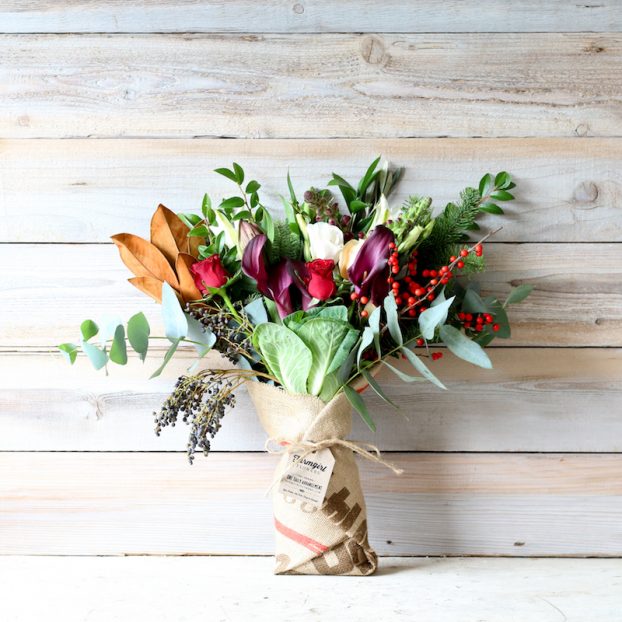
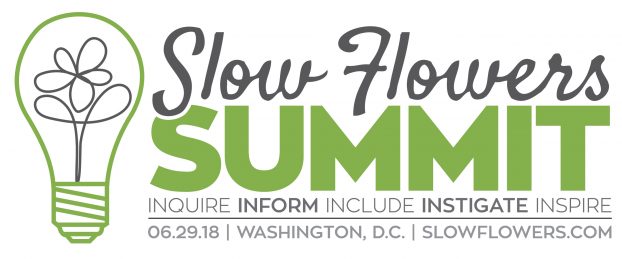
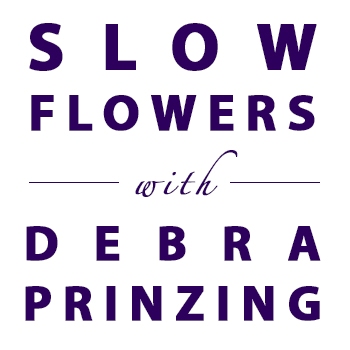
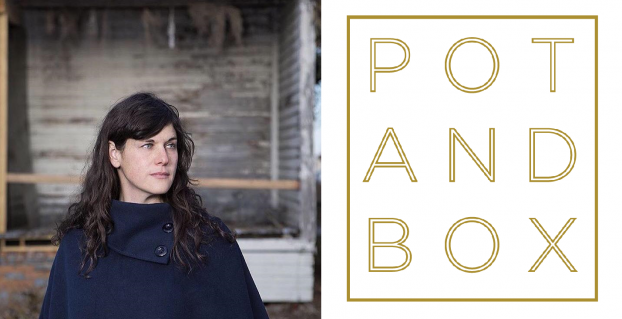
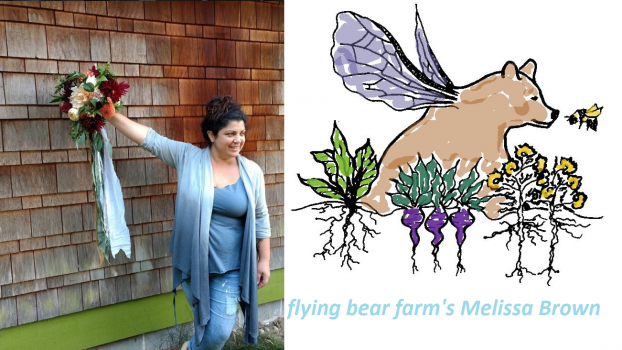
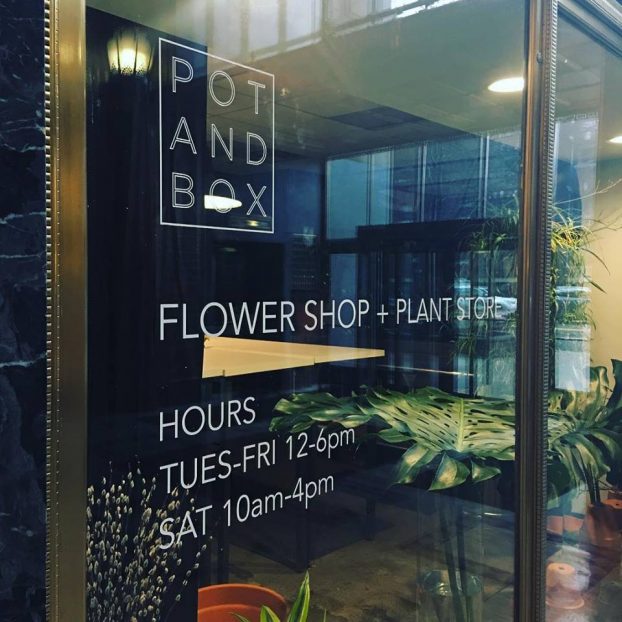
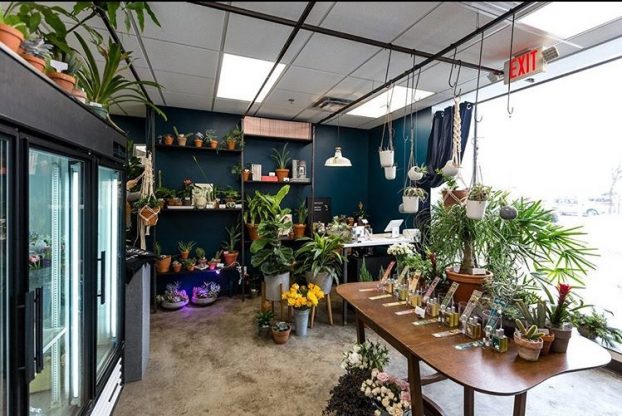
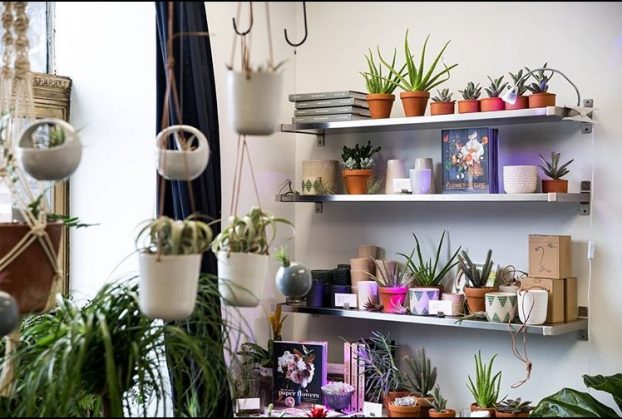
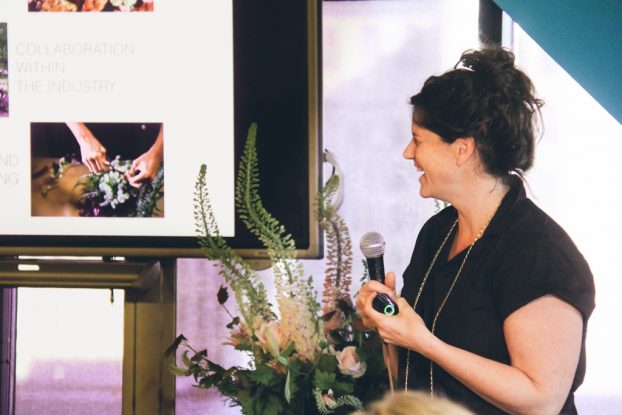
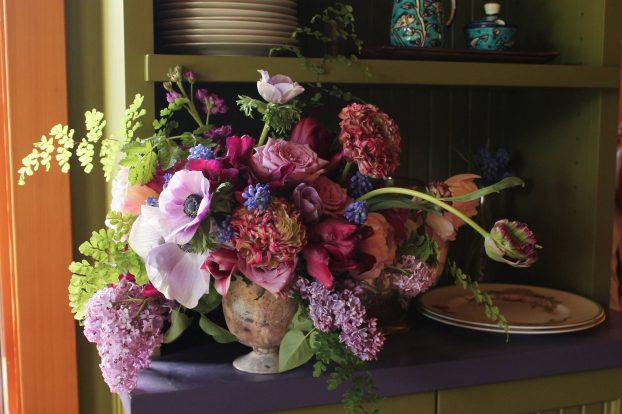
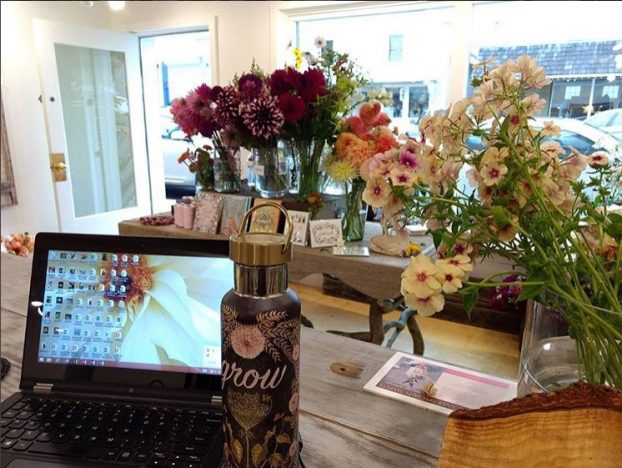
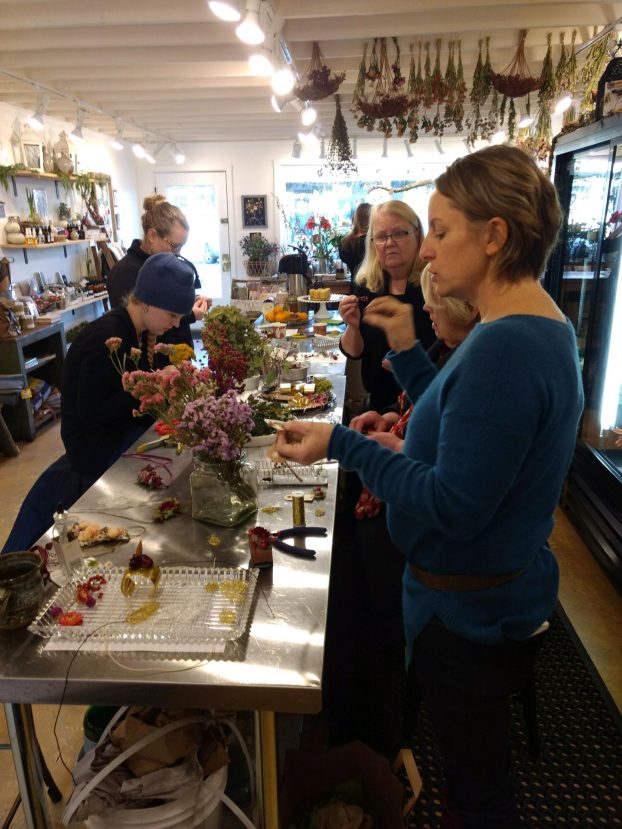
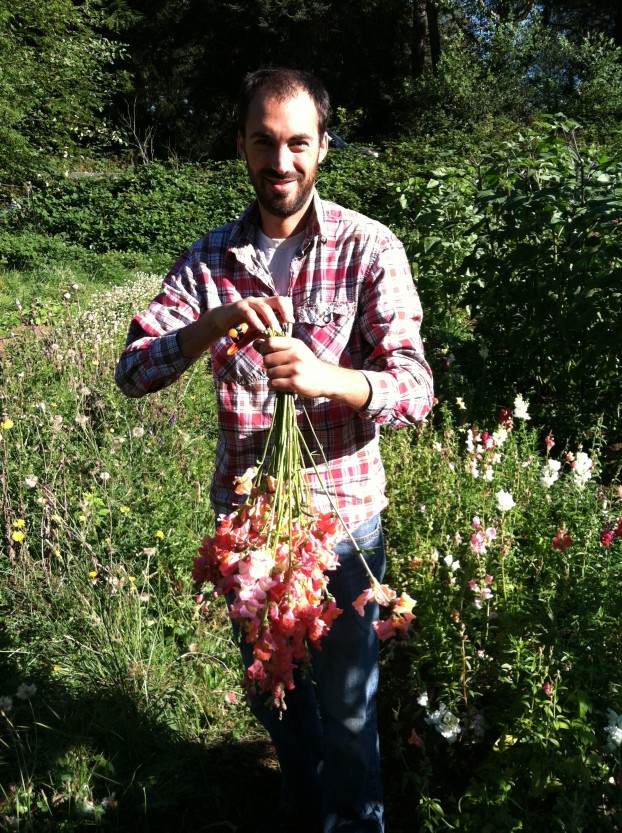
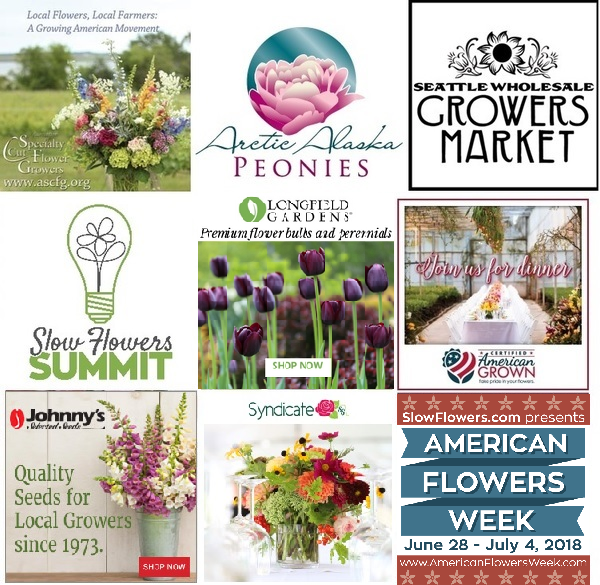

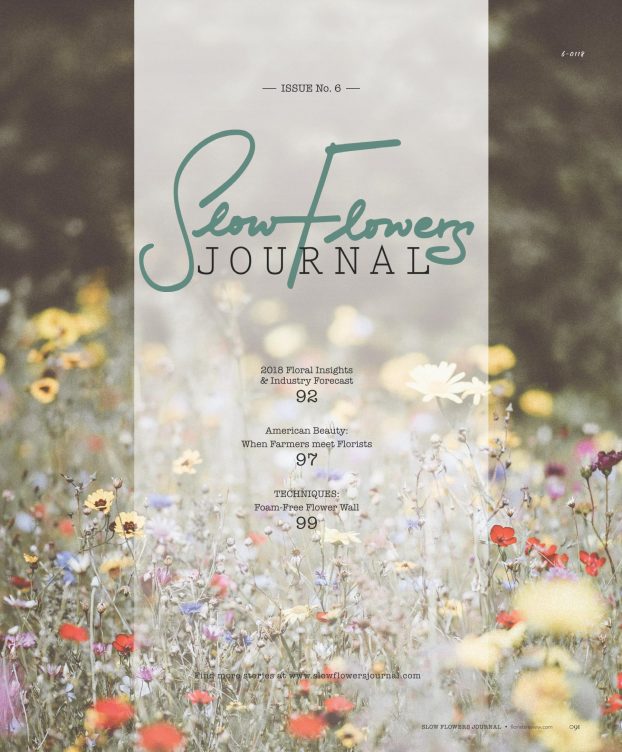
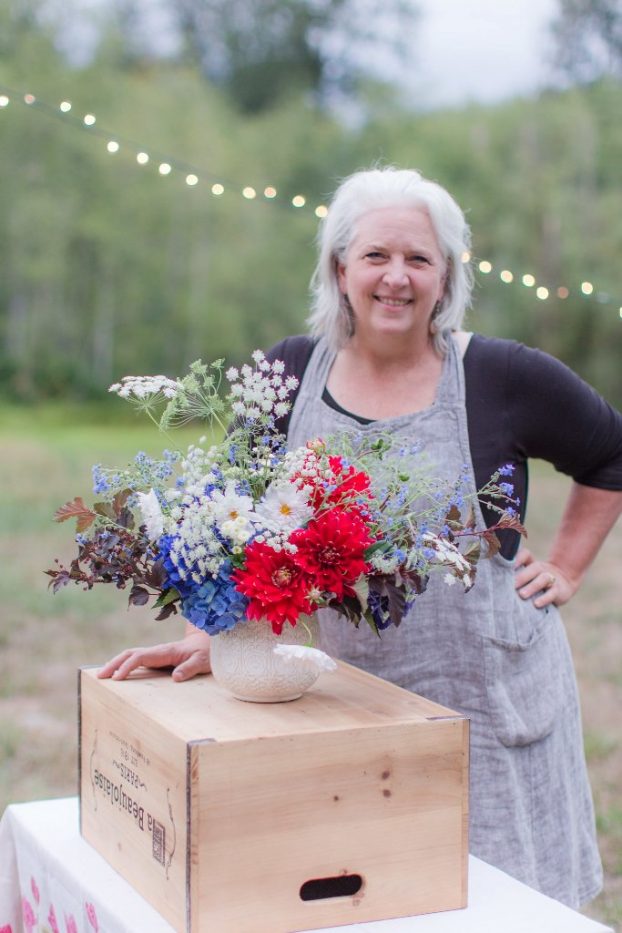
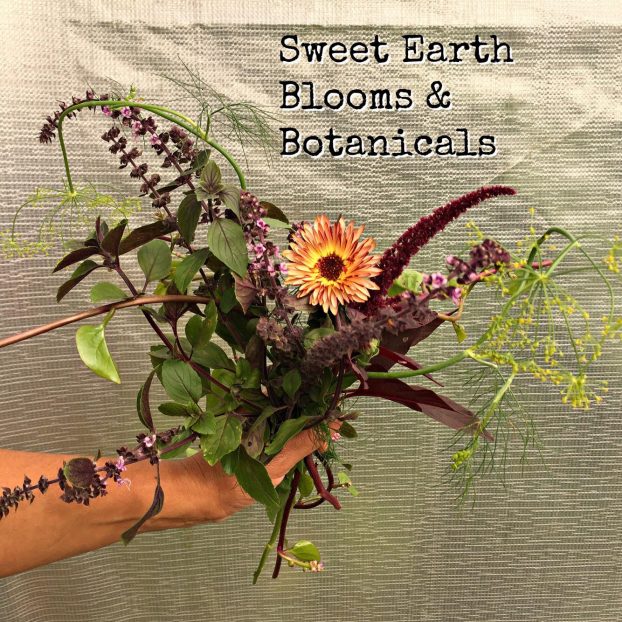
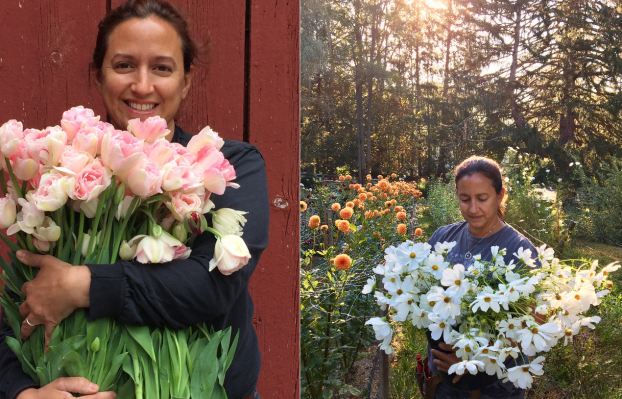
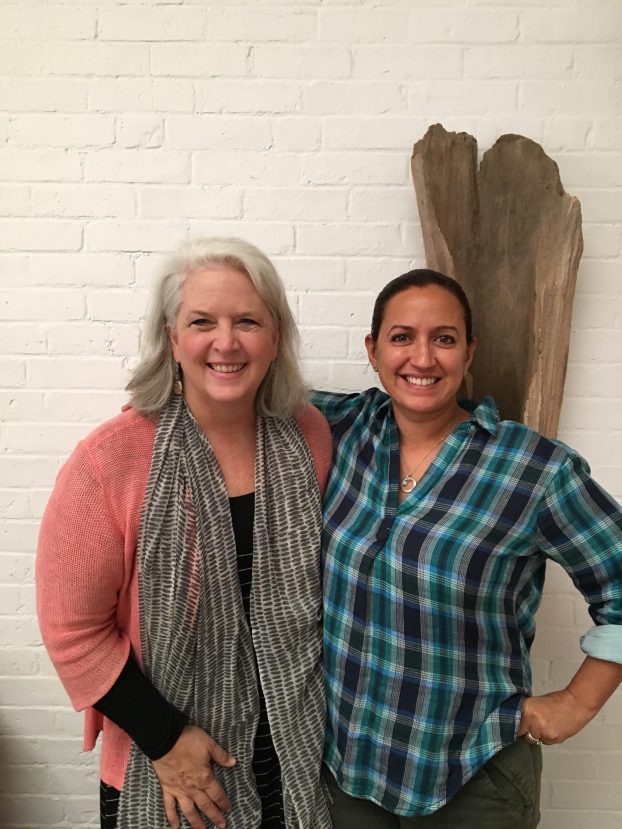
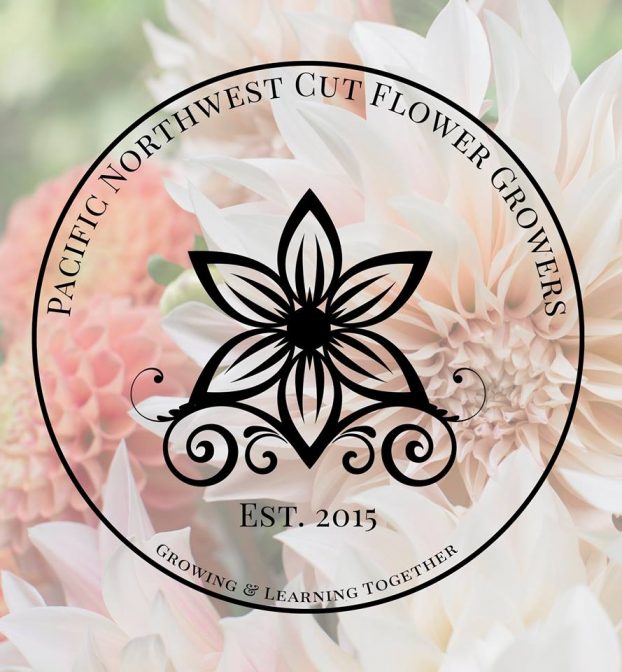
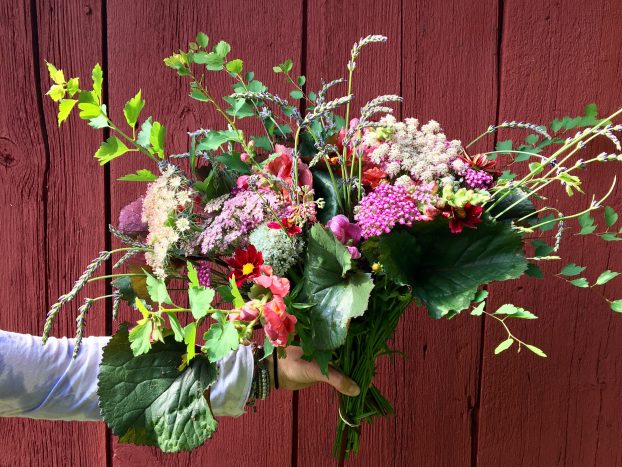

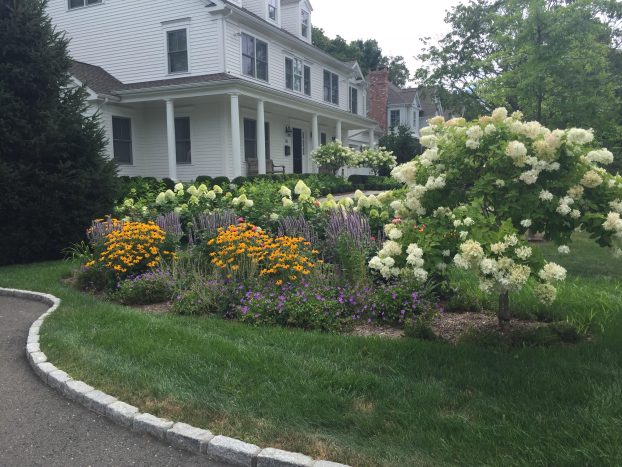
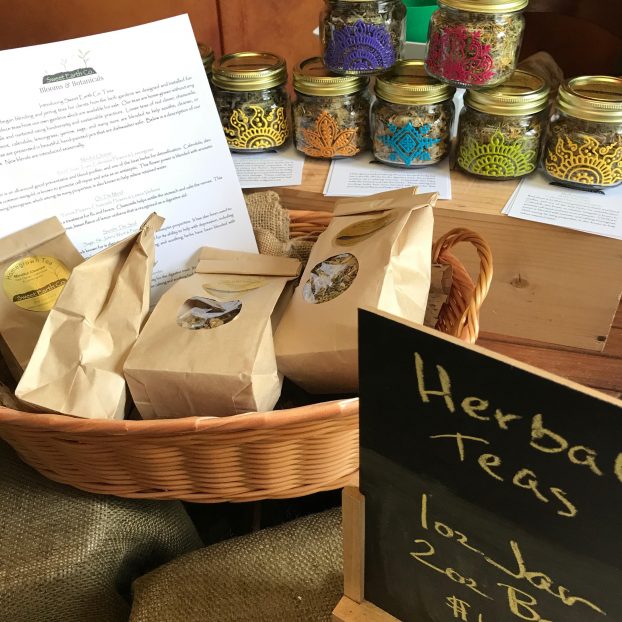
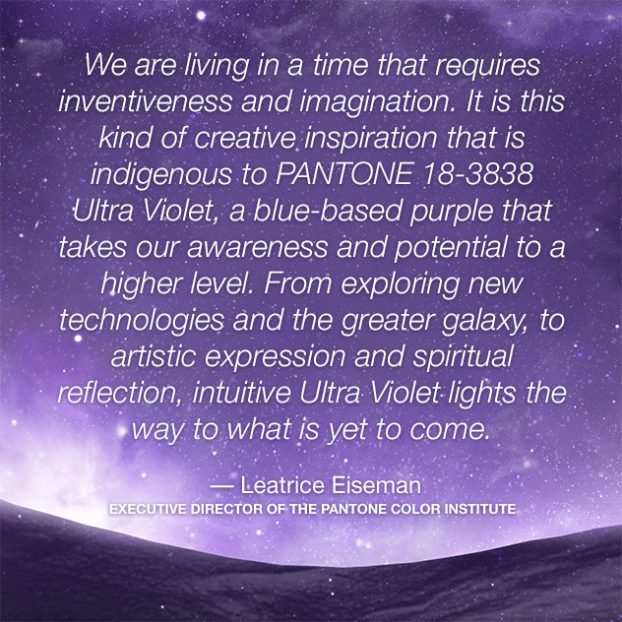


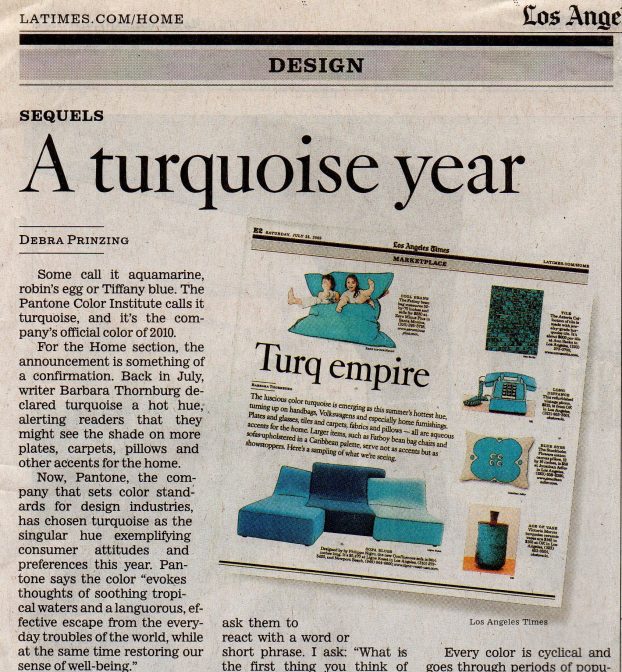
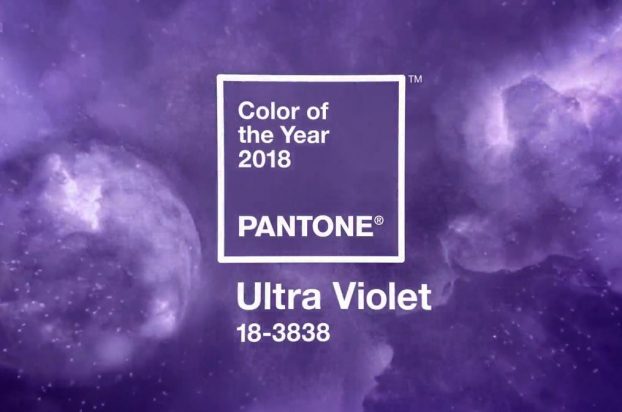
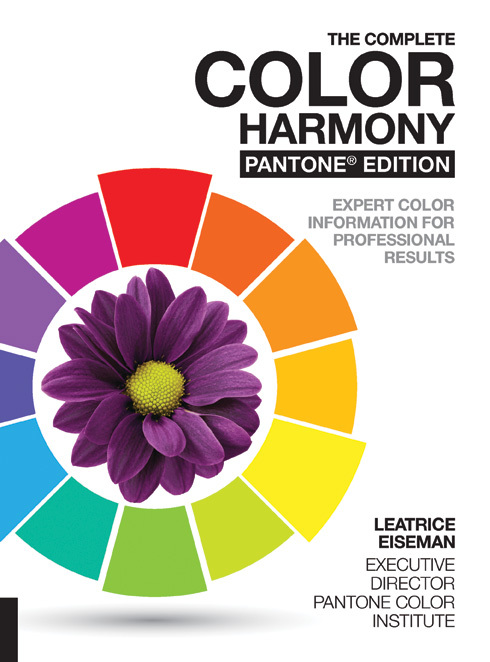

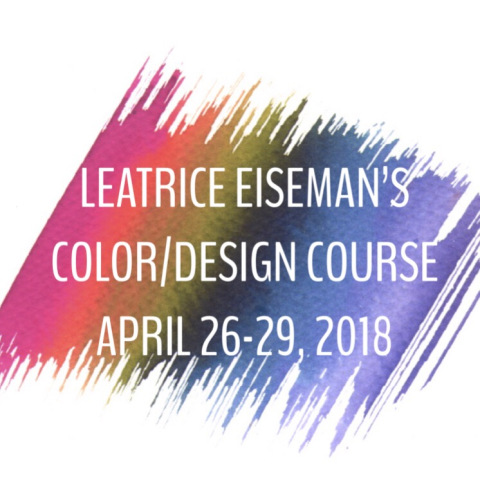 The Pantone Color Institute is a consulting service within Pantone that forecasts global color trends and advises companies on color in brand identity and product development, for the application and integration of color as a strategic asset. Recognized around the world as a leading source of color information through seasonal trend forecasts, custom color development, and palette recommendations for product and corporate identity, Pantone Color Institute partners with global brands to leverage the power, psychology and emotion of color in their design strategy.
The Pantone Color Institute is a consulting service within Pantone that forecasts global color trends and advises companies on color in brand identity and product development, for the application and integration of color as a strategic asset. Recognized around the world as a leading source of color information through seasonal trend forecasts, custom color development, and palette recommendations for product and corporate identity, Pantone Color Institute partners with global brands to leverage the power, psychology and emotion of color in their design strategy.